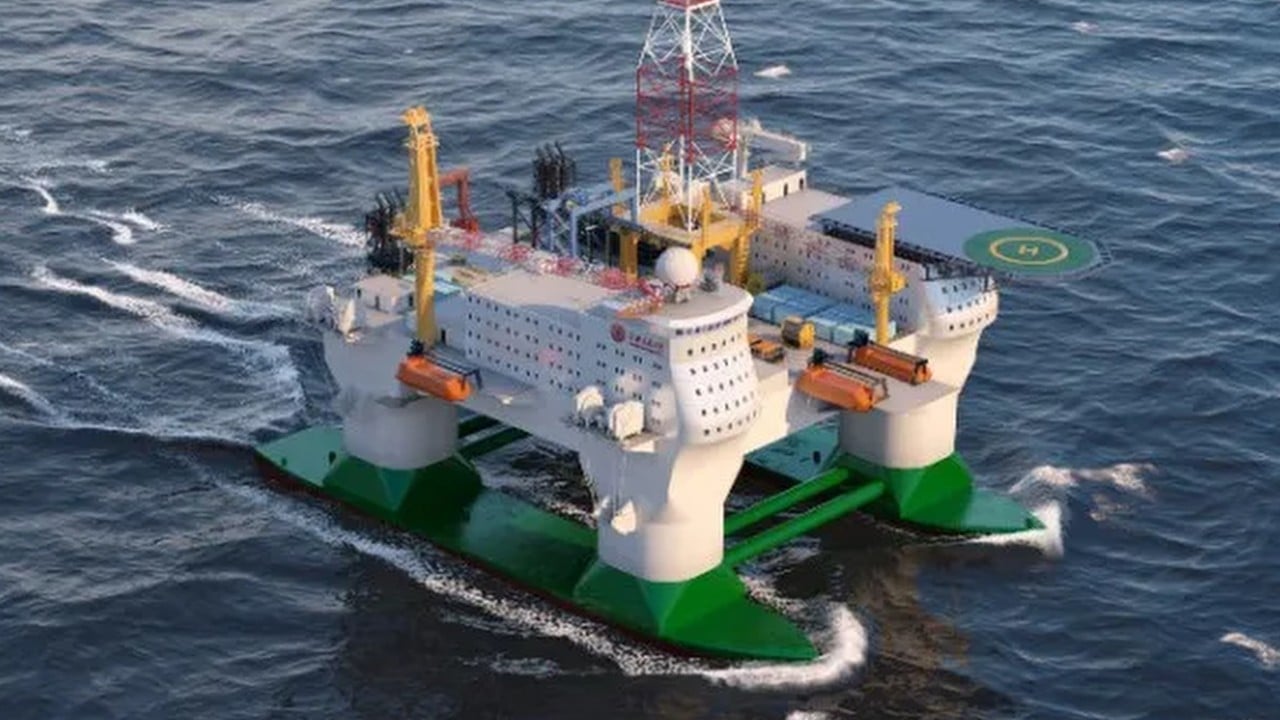Published: 9:00pm, 20 Nov 2025Updated: 9:39pm, 20 Nov 2025
China is building a mega science infrastructure that could add fuel to the global maritime power race: a floating artificial island engineered to withstand nuclear blasts.
Advertisement
This 78,000-tonne, semi-submersible twin-hull platform is world’s first mobile, self-sustaining artificial island.
With a displacement rivalling the People’s Liberation Army Navy’s new Fujian aircraft carrier and the capacity to house 238 occupants for four months without resupply, the facility will be able to project unprecedented power across contested oceans when it enters service in 2028.
But beneath its scientific veneer lies a rare nuclear-blast-resistant design that uses “metamaterial” sandwich panels to turn catastrophic shocks into gentle squeezes, according to scientists involved in this project.
Why would a scientific facility need to withstand a nuclear blast?
Advertisement
“This deep-sea major scientific facility is designed for all-weather, long-term residency,” wrote the team led by Professor Yang Deqing with Shanghai Jiao Tong University (SJTU) in a peer-reviewed paper published in Chinese Journal of Ship Research on November 4.
“Its superstructure contains critical compartments that ensure emergency power, communications and navigation control – making nuclear blast protection for these spaces absolutely vital.”

